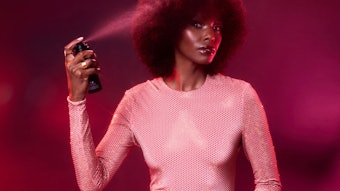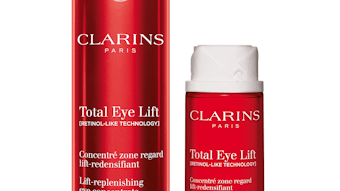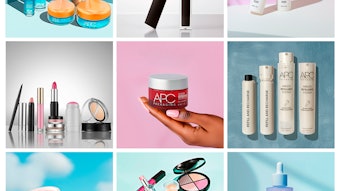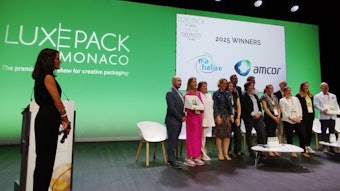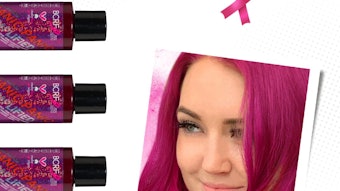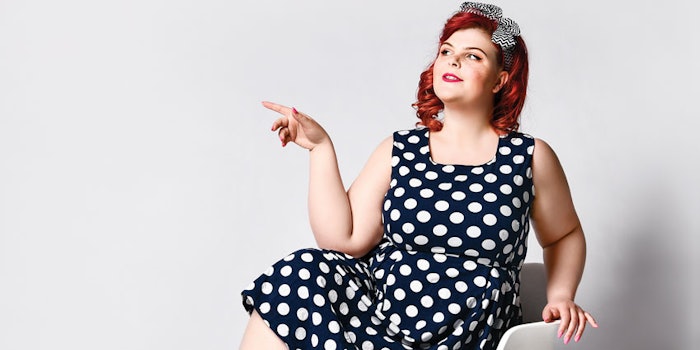
Inclusivity is a current buzzword in the beauty industry. We believe the timing is ripe for brands to consider pushing the notion of inclusivity beyond skin tones, gender and body type to further embrace all people, specifically those with disabilities.
These concepts aren’t just a trend—they should always be part of a brand’s strategy. When a brand is accessible and inclusive, it connects with its target audience through the easy use of its products and services, and easy-to-use is appealing to everyone.
The Rise of Inclusivity
The various concepts surrounding inclusivity have become an important focus for many people—especially those of Generation Z, whose members were raised with profound ideas around diversity. For example, Dove’s Real Beauty campaign significantly changed perceptions around beauty and brought about the message that all bodies are beautiful. Dove, along with other brands such as CVS (which has taken a pledge to pass on a healthy self-image to the next generation) and Fenty (which offers a diverse range of shades), have shown that it’s important to feature representations of different skin tones, body shapes and sizes, skin conditions, and gender fluidity.
Representation is important in other industries, especially fashion. Retailers such as ASOS, Misguided and Boohoo have taken steps to showcase real beauty by featuring models who are plus-sized or models with stretch marks and cellulite.
This is all part of the bigger movement toward body positivity, which is becoming more and more apparent within beauty advertising and social media.
Representation and accessibility are key elements on the spectrum of inclusion and are therefore a part of the new beauty frontier. These ideas are having a big impact on the ever-expanding consumer market.
A World of Differently Abled Consumers
Including everyone means serving people who have complex and unique needs: people with disabilities, children and the aging population.
According to a 2016 report by Nielsena, one in three households in the United States have a member with a disability. According to statistics by the U.S. Census, it is estimated that approximately 4 million households have a member with an intellectual disability, and more than 20 million households have a member with a physical limitation.
In fact, 20% of U.S. households have a member that identifies as having a physical limitation. This can include visual impairments, hearing difficulties, challenges living independently, a learning disability or an intellectual disability.
Meanwhile, as people get older, they tend to experience changes in their bodies that can impact their day-to-day lives, such as deteriorating eyesight, dexterity and mobility. Young people need items that are easy to read, open and grip as well.
Untapped Buying Power
Households with people with disabilities spend 68% more than non-disabled households. While many disabled households spend more money on essentials such as medication and prepared food, members are underspending on personal care products such as skin care, cosmetics and hair care items.
Tapping into this market is a wonderful opportunity for brands. It’s a great way to expand existing target markets to include look-alike audiences with the same values who simply have different needs.
This market consists of consumers who likely have desires to indulge in beauty products, skin care, cosmetics and personal items on which they currently underspend. We believe these groups would be more likely to engage with beauty brands if they felt as though the products were made for people like them.
5 Ways to Build Accessible Beauty
There is plenty of opportunity for this side of the market to become bigger than it is now by incorporating concepts that facilitate empowerment and independence within a brand’s products and services. Marketing campaigns for these concepts must similarly be relatable to consumers of all types.
If your beauty brand isn’t tapping into this emerging market, you are missing out on connecting with various members of your existing audience. Here are some of the important aspects to consider so your brand can make the most of this opportunity.
Want to read the full article? Check out Global Cosmetic Industry's November 2019 digital magazine.
Footnotes:
a“Reaching Prevalent, Diverse Consumers With Disabilities,” www.nielsen.com/us/en/insights/report/2016/reaching-prevalent-diverse-consumers-with-disabilities/

